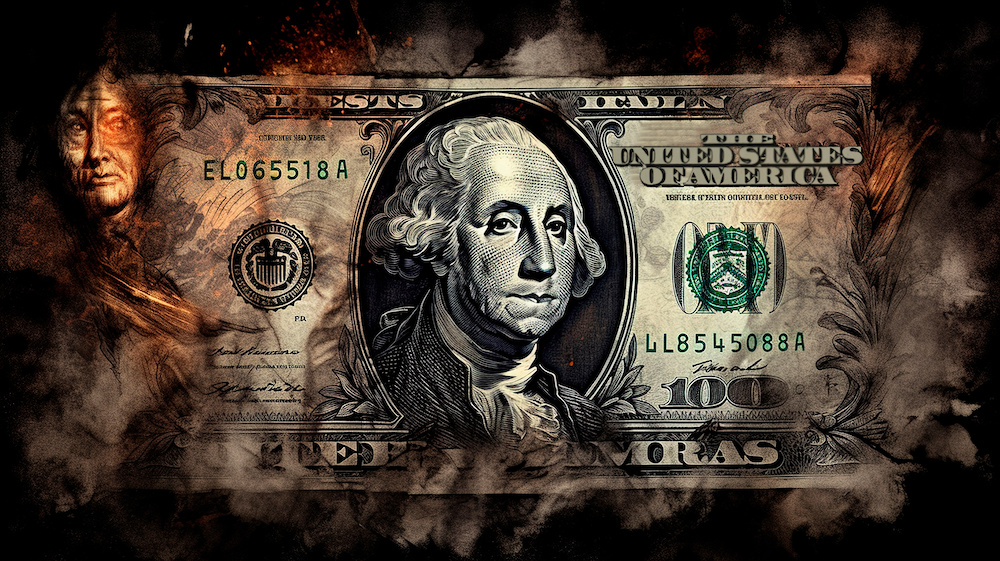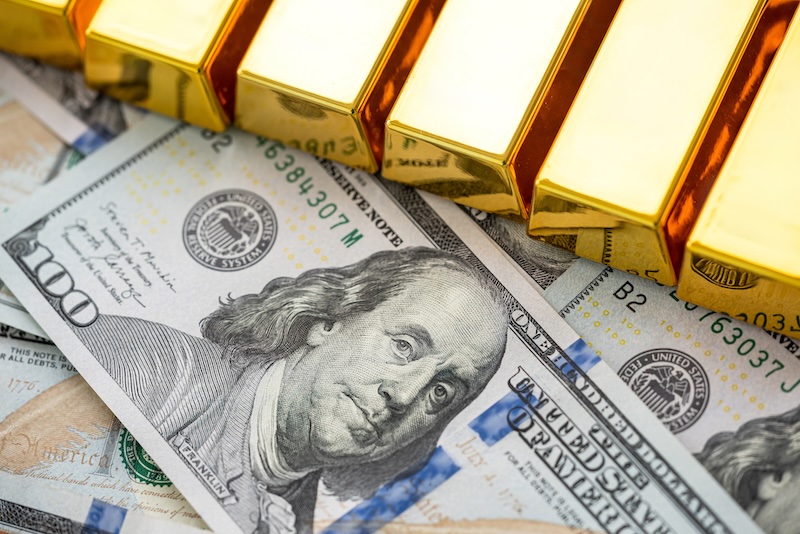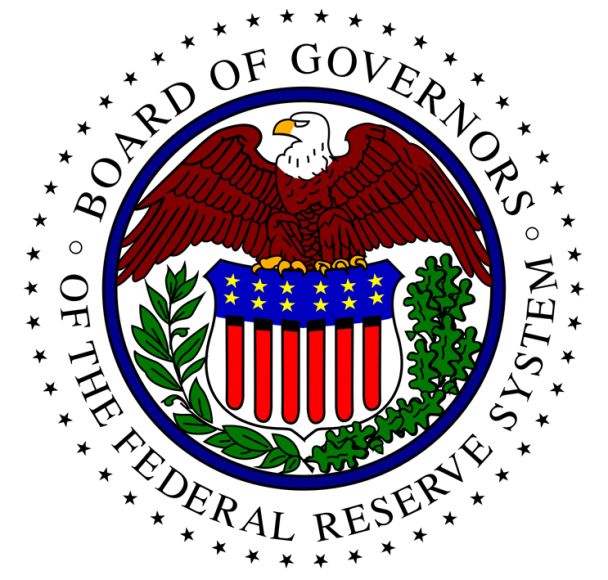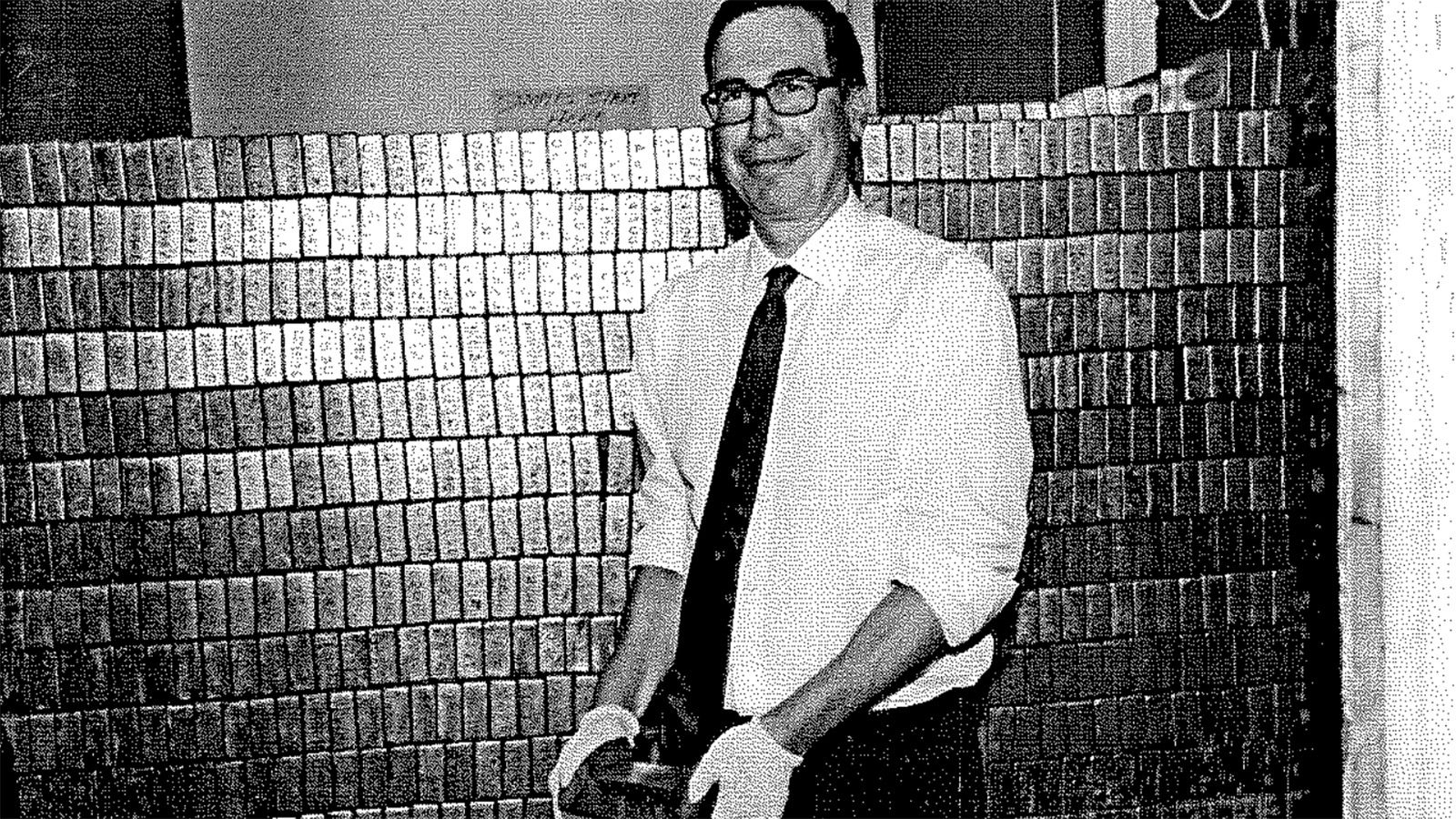The Federal Reserve is part public entity and part private entity that has operated as the central banking system of the United States since the Federal Reserve Act of 1913.
The Federal Reserve System, often referred to simply as the Fed has a unique public-private structure that controls the nation’s monetary policy by managing interest rates and regulating the money supply to achieve goals like maximum employment, stable prices, and moderate long-term interest rates.
The first, the Board of Governors, based in Washington, DC, is a government agency with various accountabilities to the President and Congress.
The six member Board of Governors plays a crucial role in setting national monetary policy by controlling interest rates.
The second component of the Fed is the 12 regional banks located in major cities across the United States. These banks are responsible for supervising and regulating regional member banks, implementing the monetary policy set by the FOMC, and provide financial services to depository institutions and the federal government.
The third component is the Federal Open Market Committee (FOMC) which plays a critical role on monetary policy, primarily interest rates. The committee includes the Board of Governors and the presidents of the regional Federal Reserve Banks.
Who owns the Federal Reserve?
The Board of Governors of the Federal Reserve System is a federal agency. The members, including the Chair, are appointed by the President of the United States and confirmed by the Senate. This aspect of the Fed is fully public and operates under the purview of the federal government.
However, the regional banks are organized much like private corporations. Member banks in each region own stock in their regional Fed Bank. For example, the St Louis Fed is owned by each of the member banks that it is responsible for overseeing. Each bank holds stock in the St. Louis Reserve Bank.
The member banks that hold stock in the St. Louis Fed do receive a fixed 6% dividend annually, but they do not have the same control and financial benefits that shareholders in private corporations possess. They cannot sell or trade their stock, and they do not have voting rights to control the bank’s policies or operations. Owning this stock is more like being a member of an organization rather than owning a company in the traditional sense.
Any profits that may be generated by each of the Fed Reserve Banks, after operational costs and dividends to member banks, are returned to the U.S. Treasury, aligning with the public aspect of the Federal Reserve System.
Origins of the Federal Reserve
Prior to the creation of the Fed, the U.S. had gone through long periods without a central bank. During the late 19th and early 20th centuries the banking system was fragmented and prone to crises, including the notable of Panic of 1907.
In November 1910, a group of wealthy bankers, along with several notable politicians, met in secret on Jekyll Island, off the coast of Georgia. While shrouded in mystery, this secret meeting has been considered pivotal to the creation of the Federal Reserve.
Some of the prominent figures in attendance at this secret conference included:
- Senator Nelson W. Aldrich: As the Senate Finance Committee Chairman, he was a key figure in U.S. financial circles.
- Henry P. Davison: A senior partner at J.P. Morgan & Company.
- Charles D. Norton: President of the First National Bank of New York.
- Benjamin Strong: Head of J.P. Morgan’s Bankers Trust Company and later the first Governor of the New York Fed.
- Frank A. Vanderlip: President of the National City Bank of New York.
- Paul M. Warburg: A partner in Kuhn, Loeb & Company and a member of a prominent banking family.
The purpose of the meeting was to discuss and formulate a plan and a strategy for a central banking system that would be acceptable to both Wall Street and Washington. The attendees were aware of the public’s distrust of centralized financial power and Wall Street, hence the need for secrecy.
The framework for the foundation of the Aldrich Plan was laid at Jekyll Island. This plan called for the establishment of a National Reserve Association with multiple branches, which would serve as a central bank and have significant control over the nation’s banking system.
While the Aldrich Plan was initially met with resistance, especially from those wary of Wall Street’s influence, it laid the groundwork for what would eventually become the Federal Reserve Act. The final form of the Act, passed in 1913, differed in several ways from the Aldrich Plan, particularly in its structure of multiple regional Federal Reserve Banks to decentralize power.
The Federal Reserve Act established the Federal Reserve System as the central bank of the United States, with the dual mandate of maximizing employment and stabilizing prices. The Act sought to balance public and private interests, establish financial stability, and prevent future banking crises.





